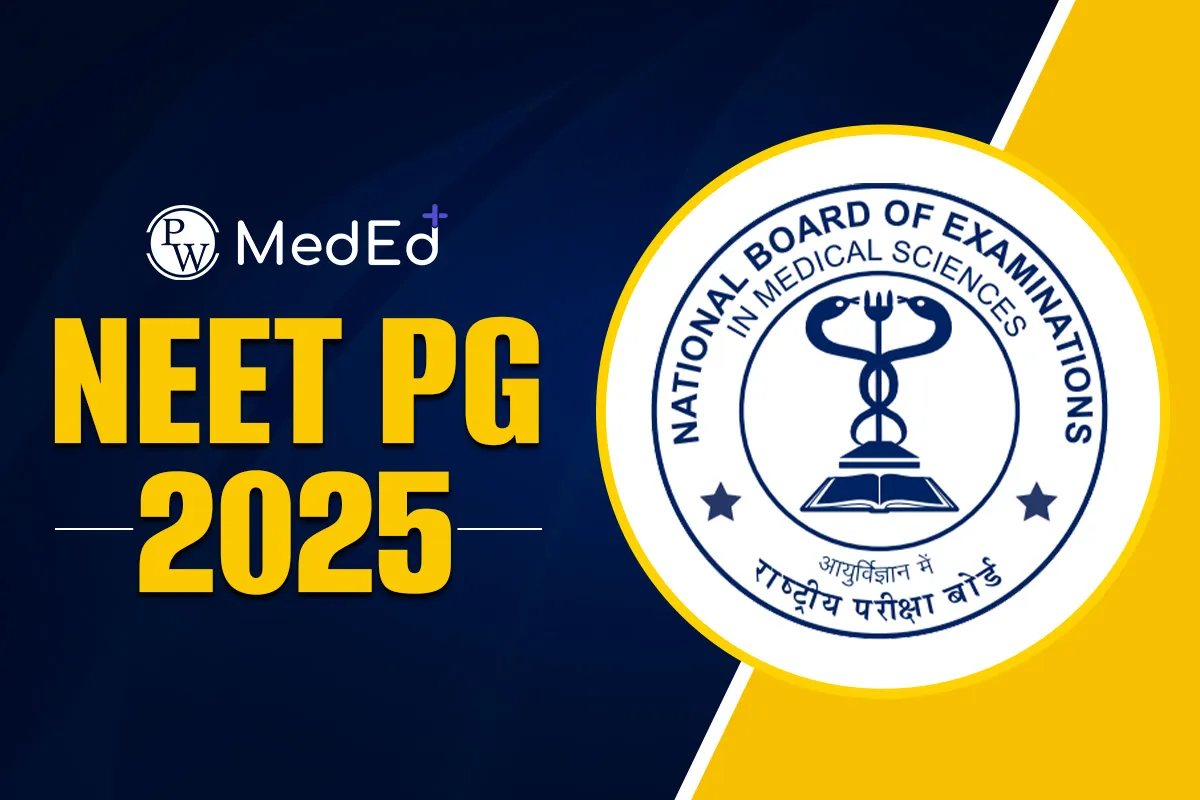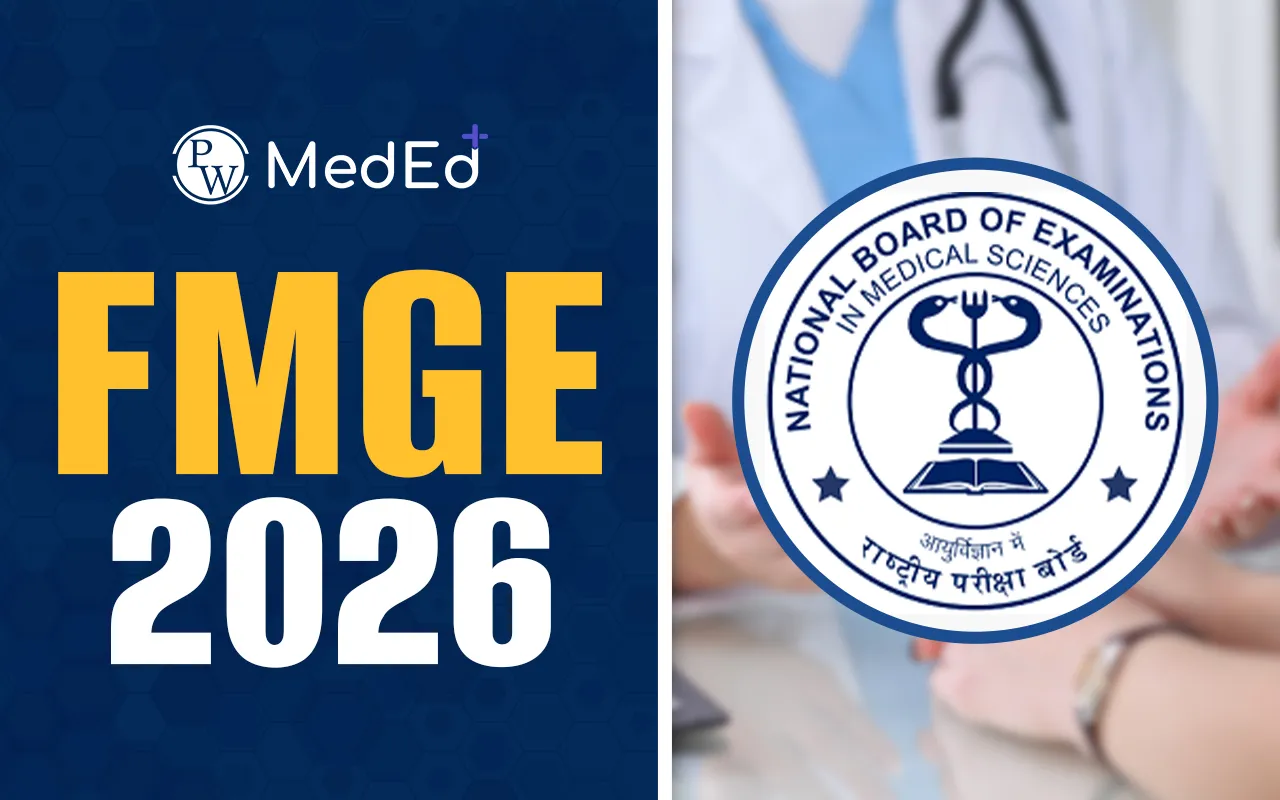
Hemorrhage is the loss of blood from the vessels in the surrounding tissue. It is a major cause of potentially preventable death worldwide. In hemorrhagic shock there is a massive loss of blood which compromises perfusion of the tissues and organs. Rapid transfusion of large volumes of blood products is required in these patients. Blood transfusion has been linked to a lot of complications and following a set protocol ensures these complications are minimized.
Definition of Massive Blood Transfusion
Replacement of one entire blood volume within 24 hours. There are many other definitions like transfusion of >10 units of packed red blood cells(PRBC) in 24 hours. Replacement of more than 50 percent of total blood volume within 3 hours.Principles of Management of Massive Blood Loss
The basic gist of blood loss management is to keep the intravascular volume intact as this maintains the perfusion( flow of fresh oxygenated blood) of organs. Hemodynamic compensatory mechanisms maintain vital organ perfusion till about 30% of total blood volume loss, beyond which there is a risk of critical hypoperfusion. Too much resuscitation can lead to high arterial and venous pressures which can be harmful as it may dislodge blood clots and cause even more bleeding.Management of loss of blood components
Blood component loss during massive blood loss is best managed by following the massive transfusion protocol( MTP). Mild to moderate blood loss is managed by crystalloid and colloid( minerals dissolved in water ) infusion alone. However as the blood loss becomes severe infusion of crystaloid and colloids will lead to dilutional anemia and later dilutional cogulopathy( as the amount of coagulations factors left after loss are less and are not replaced by the infusion) which can lead to more bleeding. Massive Tranfusion of blood too fast can cause many problems but three major among them called the Lethal triadCoagulopathy-
Coagulopathy is a condition where the blood’s ability to clot is impaired, leading to uncontrolled bleeding. Causes in Massive Transfusion:- Dilutional Coagulopathy: Rapid infusion of large volumes of crystalloids, colloids, or red blood cells can dilute clotting factors and platelets.
- Consumption Coagulopathy: Ongoing bleeding and consumption of clotting factors and platelets can outpace their replacement.
- Balanced Transfusion: Administering blood products in balanced ratios (e.g., RBCs, plasma, platelets) to replace clotting factors.
- Adjunct Therapies: Use of antifibrinolytics (e.g., tranexamic acid) and fresh frozen plasma (FFP) to support clot formation.
- Cold Blood Products: Transfusion of blood products stored at low temperatures can lower the patient’s body temperature.
- Environmental Exposure: Trauma patients, in particular, may be exposed to cold environments, exacerbating hypothermia.
- Shock and Blood Loss: Impaired thermoregulation due to shock and significant blood loss.
- Warming Devices: Use of blood warmers, forced-air warming blankets, and warmed intravenous fluids.
- Environmental Control: Maintaining a warm environment in the treatment area.
Acidosis
Acidosis is a condition characterized by an increased acidity in the blood and body tissues, typically reflected by a pH less than 7.35. Causes in Massive Transfusion:- Lactic Acidosis: Caused by anaerobic metabolism due to hypoperfusion and shock.
- Citrate Toxicity: Citrate used as an anticoagulant in blood products can accumulate, especially in patients with impaired liver function, leading to metabolic acidosis.
- Hypothermia and Coagulopathy: Both conditions can exacerbate metabolic acidosis by impairing cellular metabolism and tissue perfusion.
- Adequate Resuscitation: Ensuring adequate oxygen delivery and perfusion to tissues.
- Buffer Solutions: Administration of bicarbonate or other buffering agents to correct severe acidosis.
Massive Transfusion Protocol FAQs
What are transfusion related Complications?
Transfusion-related complications include reactions such as allergic reactions, febrile non-hemolytic reactions, acute hemolytic reactions, transfusion-related acute lung injury (TRALI), transfusion-associated circulatory overload (TACO), and infections transmitted through blood products.
What is the meaning of resuscitation?
Resuscitation refers to the process of restoring someone to life or consciousness. In medical contexts, it often involves measures to stabilize vital signs and ensure adequate blood flow and oxygenation, such as CPR, fluid administration, and use of medications.
What is sepsis?
Sepsis is a life-threatening condition that arises when the body’s response to an infection causes widespread inflammation, leading to tissue damage, organ failure, and potentially death.
What is Fresh Frozen Plasma?
Fresh Frozen Plasma (FFP) is a blood product made from the liquid portion of whole blood. It is frozen shortly after donation to preserve clotting factors and is used to treat patients with clotting disorders or significant blood loss.
Talk to a counsellorHave doubts? Our support team will be happy to assist you!

Check out these Related Articles
Free Learning Resources
PW Books
Notes (Class 10-12)
PW Study Materials
Notes (Class 6-9)
Ncert Solutions
Govt Exams
Class 6th to 12th Online Courses
Govt Job Exams Courses
UPSC Coaching
Defence Exam Coaching
Gate Exam Coaching
Other Exams
Know about Physics Wallah
Physics Wallah is an Indian edtech platform that provides accessible & comprehensive learning experiences to students from Class 6th to postgraduate level. We also provide extensive NCERT solutions, sample paper, NEET, JEE Mains, BITSAT previous year papers & more such resources to students. Physics Wallah also caters to over 3.5 million registered students and over 78 lakh+ Youtube subscribers with 4.8 rating on its app.
We Stand Out because
We provide students with intensive courses with India’s qualified & experienced faculties & mentors. PW strives to make the learning experience comprehensive and accessible for students of all sections of society. We believe in empowering every single student who couldn't dream of a good career in engineering and medical field earlier.
Our Key Focus Areas
Physics Wallah's main focus is to make the learning experience as economical as possible for all students. With our affordable courses like Lakshya, Udaan and Arjuna and many others, we have been able to provide a platform for lakhs of aspirants. From providing Chemistry, Maths, Physics formula to giving e-books of eminent authors like RD Sharma, RS Aggarwal and Lakhmir Singh, PW focuses on every single student's need for preparation.
What Makes Us Different
Physics Wallah strives to develop a comprehensive pedagogical structure for students, where they get a state-of-the-art learning experience with study material and resources. Apart from catering students preparing for JEE Mains and NEET, PW also provides study material for each state board like Uttar Pradesh, Bihar, and others
Copyright © 2025 Physicswallah Limited All rights reserved.
Get App









